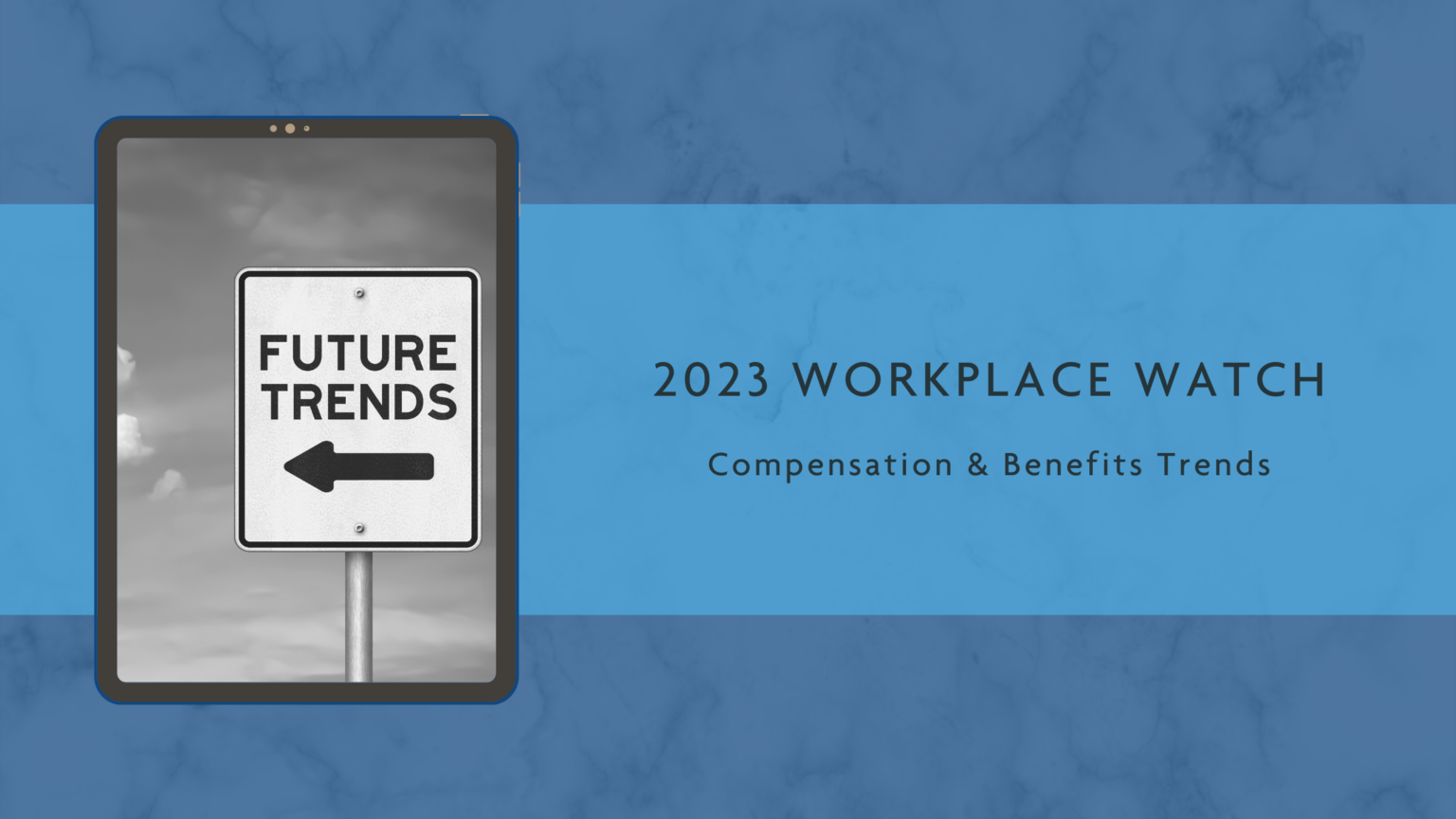From return-to-office, which was Glassdoor’s Word of the Year, to quiet quitting, 2022 introduced us to several new labor market concepts. It’s still too early to predict what terms will define our workplaces in 2023, but here are a few labor market trends to look for as the year progresses.
#1-Where Are Your Employees? – Way back in 2019, that would have seemed a really dumb question. Now? Well, it’s complicated.
The number of employees working remotely on a full-time or part-time basis continues to increase. A recent McKinsey American Opportunity Survey reported that 58% of survey respondents work remotely at least part-time. 38% of respondents to the same survey work remotely full-time. That’s a really high percentage, especially considering that some industries with large numbers of employees (e. g hospitality, construction) often can’t offer much opportunity for remote work.
One thing several workplace trends surveys have in common is that the need for flexibility is, and will continue to be, high on the list of what employees want. Flexibility doesn’t just mean the opportunity to work from home, but also includes 4-day work weeks, split schedules (e. g. work in the morning, take time off to pick up kids from school, go back to work either in the office or from home), and other opportunities that allow employees more control over their schedules.
The location of employees is also linked to pay differences. Historically, it has been common for organizations to pay employees based on the employee’s location. A recent survey by the Economic Research Institute reported that 70% of responding employers use some type of pay differential by location. If you’re hiring remote workers, you will need some type of market data for the location of candidates in order to set a fair, competitive compensation level. There are also some remote workers who really don’t have a “home.” They might spend winters skiing in the west, a few months at the beach, and maybe a few months out of the US. Determining fair, competitive compensation levels for these employees will be a significant challenge for employers.
#2-Workplace Surveillance – This is new to our “Issues and Trends” list, but it’s probably going to be on the list for quite a while. The rise in remote and hybrid work has resulted in a significant increase in workplace surveillance activities by employers. A recent survey conducted by Digital.com reported that 60% of employers with remote workers use some type of monitoring software to track employee activity and another 17% are considering it.
Sales of employee monitoring software have grown exponentially since 2020, and the market for this type of software is now valued at 1.1 billion USD.
Employee surveillance is a large component of what Microsoft’s Satya Nadella has termed “Productivity Paranoia.” Simply put, Productivity Paranoia refers to management uncertainty that employees are working as effectively as they can when they can’t physically see them. For more information, check out Affinity HR Group’s video from December 2022 (https://www.youtube.com/AffinityHRGroup).
Lawmakers and regulators are already considering actions to protect the privacy rights of employees. The Massachusetts State Legislature recently introduced a bill aimed at protecting employees from “non-consensual capture of information or communications within an individual’s home.” At the federal level, the Worker Privacy Act, originally drafted in 2020 and designed to require employers to report what types of employee data they collect and why, hasn’t gained much support for passage but may gain increased momentum as this issue becomes more important to both employers and employees.
#3-Impact of Dobbs v. Jackson on Employers and the Workforce – It has now been eight months since the Supreme Court issued the decision that overturned Roe v. Wade. Few of the questions raised by this decision have been answered – and many more have arisen.
The decision returned the power to regulate abortion to individual states. More than a dozen states had “trigger bans” in place that would take effect if Roe v. Wade was overturned. Some of this legislation has been blocked at least temporarily by litigation, but eight states have now implemented total or near-total abortion bans.
Abortion is now classified as a crime in Texas and Oklahoma. This means that abortion providers may be charged with a crime, as can the woman receiving the abortion. This raises an important issue for employers – how can policies and benefits be put in place that support employees who may seek an abortion but are unable to do so because of laws in the state where they live or work.
What employers need to do:
- Develop and implement compensation and related policies and practices that support a hybrid workforce and recognize the need for wage differences in different geographic areas
- Develop and provide clear, consistent communications surrounding the use of employee surveillance. Keep abreast of state and federal legislation – this is largely an unregulated area that will come under increased legal and legislative scrutiny
- Consider what short- and long-term actions you may need to take to attract and retain women in your workforce
Affinity HR Group can support your team with all of these challenges. Connect with us at hello@AffinityHRGroup.com or 877-660-6400.
By Susan Palé, CCP, Vice President for Compensation






